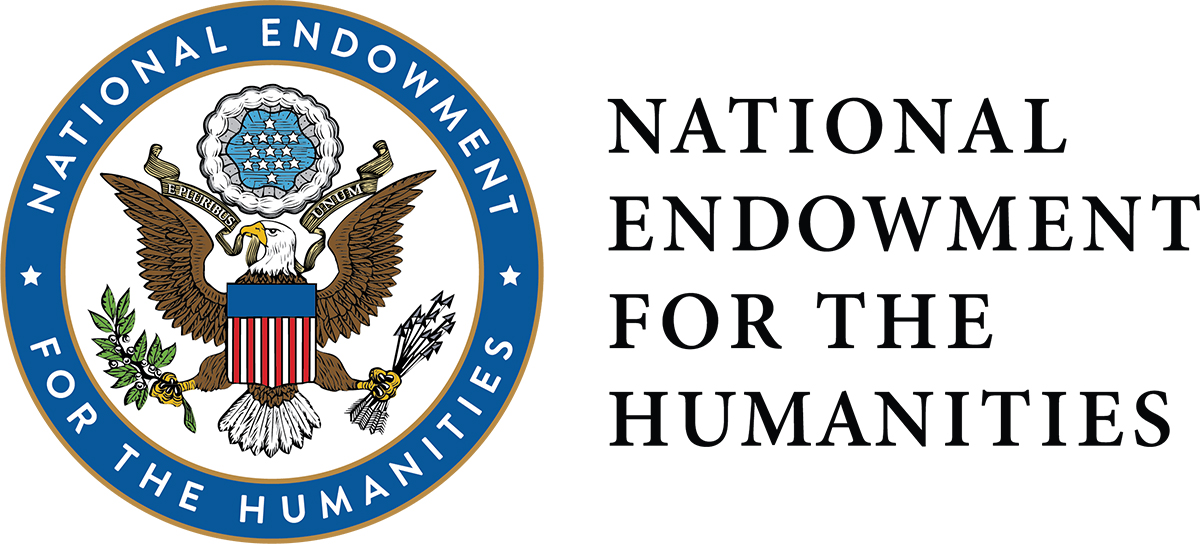FUNDING CUTS IMPACT CT HUMANITIES: Help CT Humanities navigate recent funding cuts and continue our vital work across Connecticut. All donations made to CTH will be matched dollar-for-dollar up to $50,000. Donate today!
Now Viewing:
Bristol
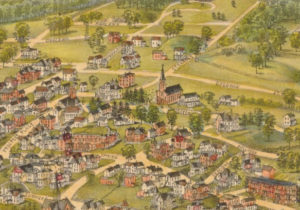
Joel T. Case and the Victorianization of Bristol’s Federal Hill
The Victorian designs of inventor and architect Joel T. Case make substantial contributions to the landscape of the Federal Hill area in Bristol.
Read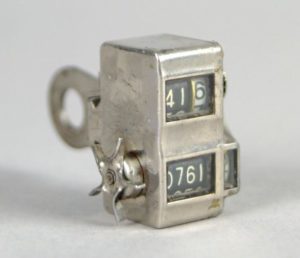
Yankee Ingenuity: Curtis Veeder, a Mechanical Genius and Shrewd Businessman
Curtis Veeder patented a bicycle seat he sold to the Pope Company, and later invented a cyclometer for measuring distances traveled by bicycles.
Read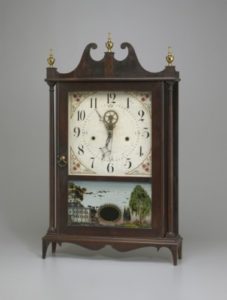
The Life of Chauncey Jerome: An Insider’s Look at What Made Early Bristol Tick
A glimpse at clock making in Connecticut from Chauncey Jerome’s 1860 autobiography
Read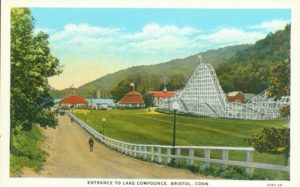
Lake Compounce: Bringing Amusements to the State’s Residents Since 1846
Bristol’s Lake Compounce is the oldest continually operating amusement park in the US and has been open every summer since 1846.
Read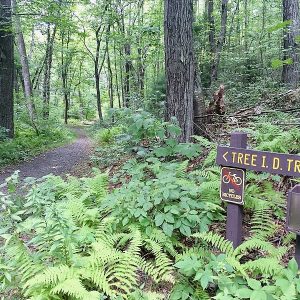
Saving Sessions Woods
After decades as historic family property and summer camp, Sessions Woods became a park after local residents organized to save it from private developers.
Read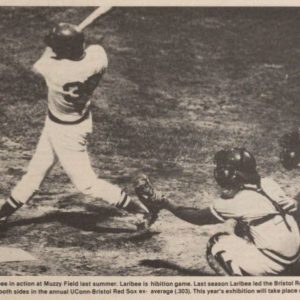
Muzzy Field: A Historic Ball Park Survives in a Post-Industrial City
After over one hundred years, Bristol’s Muzzy Field continues to welcome ball players and fans of sports history.
Read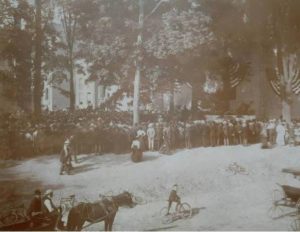
Emily Holcombe Pioneered to Preserve Connecticut’s Colonial Past
Emily Seymour Goodwin Holcombe was an activist and preservationist who took pride in the state’s history, particularly its colonial past.
Read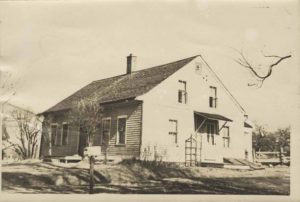
Amos Bronson Alcott Changes the Way Connecticut Children Learn
Amos Bronson Alcott was an educator and reformer born in Wolcott, Connecticut and father to best-selling author, Louisa May Alcott.
Read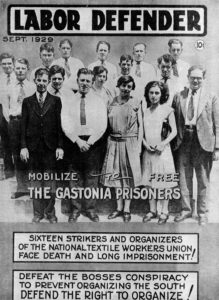
Vera Buch Weisbord’s “Radical” Life
Vera Wilhelmine Buch Weisbord was a labor activist who helped organize trade unions and strikes that shaped the labor movement of the 1920s and 1930s.
Read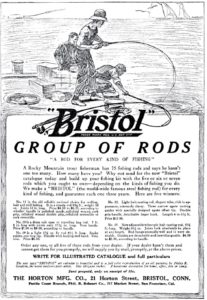
The Telescoping Fishing Rod – Today in History: March 8
On March 8, 1887, Everett Horton, a Bristol mechanic, patented a fishing rod of telescoping steel tubes.
Read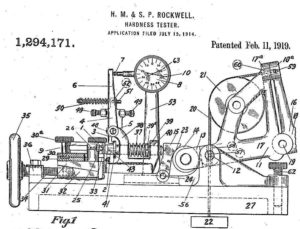
Rockwell Hardness Tester – Today in History: February 11
In 1919, Hugh Rockwell and Stanley Rockwell received a patent for the Rockwell hardness tester, one of the 20th century’s metallurgical innovations.
Read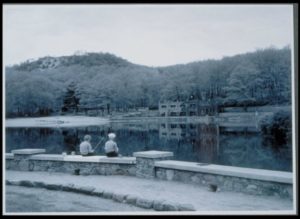
Mr. & Mrs. Rockwell’s Park
In 1914, bell and ball bearing manufacturer Albert Rockwell donated 80 acres of land to the city of Bristol for the creation of a public park.
Read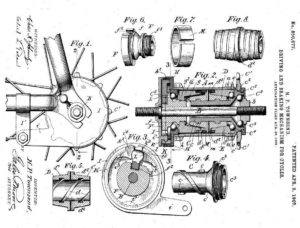
The Coaster Brake – Today in History: April 9
On April 9, 1907, Harry Pond Townsend patented the driving and braking mechanism for cycles, the first device to combine driving, braking, and coasting.
Read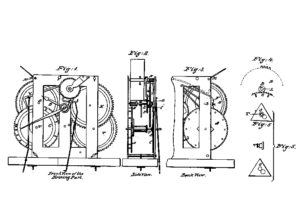
Noble Jerome’s Clock Patent Model
Noble Jerome submitted this clock patent model to the US Patent Office along with his patent application in 1839, a common requirement up until the 1880s.
Read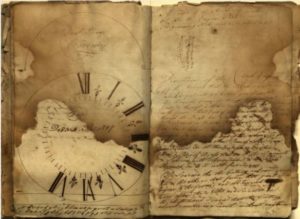
When the World Ran on Connecticut Time
The success of the clock- and watch-making industries in Connecticut came about in an era when the state was just beginning to realize its industrial potential.
ReadMore Articles


